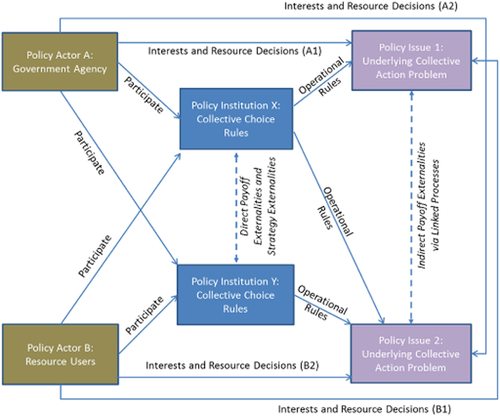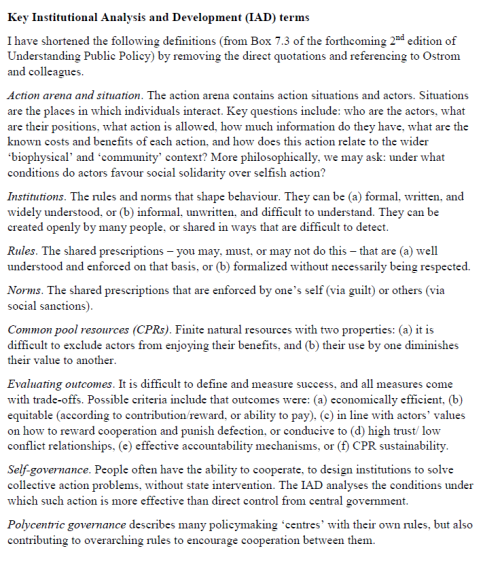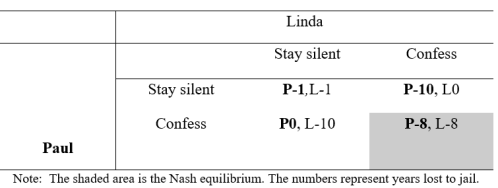Writing a dissertation can be daunting. It is likely the longest piece of work you will plan as an undergraduate (10000 words plus bibliography) but, when you are done, it will not seem long enough.
On the one hand, it is a joyous exploration of research, in which you receive supervision but are in charge. On the other, you don’t want it to go horribly wrong.
It seems unlikely that reading my blog will spark joy, but I can at least give you some tips to avoid unnecessary problems and make your dissertation manageable.
Other advice (such as the reading in your module guide) is available, and I suggest you take it. Indeed, whenever I speak with colleagues about my approach to supervision, it seems relatively conservative and joyless.
On the other hand, why not play it safe with the dissertation then use all the time you’ve saved by seeking joy in a lovely meadow or a summer’s day?
Most undergraduate coursework involves answering your lecturer’s rather generic question. Your task is to produce something a bit different, with some of these characteristics:
- You should find it interesting and want to answer it.
- It should be something that you can answer.
- It should be specific enough to help you manage your time well and answer it with the resources you have.
Compare with Halperin and Heath’s (p164) criteria, in which it should be important, ‘researchable’, and it has not been ‘answered definitively’.
(also compare with Dunleavy’s call for full narrative titles)
For example, many projects that I supervise follow roughly the same format: what is policy, how much has it changed, and why?
We can then narrow it down in several ways by choosing a specific issue, political system, time period, and/ or aspect of policy change.
This narrowing can make the difference between:
(a) feeling the need to explain many theories in the literature review, versus
(b) limiting theory selection by focusing on a small number of political system dynamics.
Action point 1
Describe your initial question or theme with your supervisor, and work with them until you are both happy with the question.
- Write the abstract and the introduction first?
Many people suggest that your first main piece of work should be the literature review, for quite good reasons:
- It allows you to gain enough initial knowledge to help you guide your research
- It allows you to get writing – often a major stumbling block – and then edit later
I suggest that your first piece of work should be the abstract and introduction for these reasons:
- Writing a half page abstract allows you to describe what your project adds up to.
- It really helps you discuss your plans with your supervisor
- Writing the introduction allows you to describe your research design in enough depth to reflect on it is coherence and feasibility.
- All going well, it will be only a small jump from your POLU9RM ‘research project design’ exercise.
- It allows you to make sense of a quite general format for research publications (in many fields): theory, method, results.
Action point 2
Write the question/ title and abstract, share it with your likely supervisor, and talk about how coherent and feasible your plan looks.
- Identify the relevant theory or literature.
In some cases, the potentially relevant literature is vast if you have, for example:
- A too-general question about political parties or elections.
- One good solution is to select a subfield like ‘pledge fulfilment’
- A too-general question about policy change.
- One good solution is to ask if (say) the advocacy coalition framework or multiple streams analysis helps explain your case study.
- Or, I have supervised many good dissertations asking: what can X government learn from Y government about solving Z policy problem?
Action point 3.
Make sure to connect your research question to a well-defined literature (and do a preliminary literature search to see what is out there)
- Identify your method to gather information.
Halperin and Heath’s chapter 7 goes into some depth about the principles of research design:
- what data collection is appropriate
- what we can deduce from certain data
- how confident you can be about cause/effect in this case (internal validity)
- and cause-and-effect more generally (external validity)
- if someone could do your research and get the same results (reliability)
They also describe the types of design you can likely not do (well, 1 and 2) in a UG dissertation, but can get the data to analyse:
- Experimental (like an RCT)
- Cross-sectional and longitudinal
- Comparative (for which I did a separate post)
Then they describe data gathering strategies that you might be tempted to do (subject to ethical clearance):
- Surveys
- Interviews
- Focus groups
- Ethnographic
- Discourse analysis
In the lecture, I will put on my dour face and warn you against most of these methods, for reasons such as:
- Doing a proper survey takes a lot of time and resources, someone has likely already done a better one, and it would be a shame not to find it
- You can often find things in the public record without interviewing someone (and maybe they will only repeat what is out there)
- The ethical clearance will be a major issue with ethnographic (and other) methods
I won’t try to put you off entirely. Rather, I will encourage you to ask yourself:
- Why are you choosing this method?
- Does it relate clearly to your research question?
- Or, have you begun with the most interesting sounding method?
- Or, do you have some sort of connection that gets you access, which seems a shame not to use?
- Are you prepared to do a literature review on your chosen method?
- What do you realistically expect to get from your method?
- What will you do if it goes wrong?
Action point 4
Discuss your choice of data collection with your supervisor.
- Think about how you will analyse and interpret the results.
This part tends to make the difference between a very good or an excellent dissertation.
- Raul Pacheco-Vega gives many useful examples in Distinguishing between description and analysis in academic writing
Put most simply, simple description involves summarising things. Analysis is about telling the reader what the results mean. For example, you might:
- Evaluate the size of the results according to your expectations. Does a survey result seem unusual?
- Describe how much one should rely on the results. Does the result seem important after taking into account a margin of error?
- Describe the wider context. Does the result mark a change over time, or seem different from another country?
- Relate a case study result to your literature review. Is your case unusual, or as expected?
Action point 5
Clarify the difference between summary and analysis
- Be clear about the conclusion.
Don’t just to the dissertation equivalent of saying ‘cheerio’ (or, my favourite thing, leaving without saying cheerio).
The conclusion differs from:
- The introduction, because you should use it to summarise your question and approach (perhaps quite briefly) and relate it in some depth to the results.
- The analysis of results, because you relate the results much more clearly to your overall project.
Don’t think of it as saying: ‘as I have said before …’
Think of it as saying: ‘here is what it all adds up to …’
- The end.
Remember to add your bibliography and ask yourself if you need an appendix for your data (which does not count towards the word count).

PS some of my supervisees write policy analysis reports, which differ somewhat from regular dissertations. If you are keen, please see me and/ or read more here.














